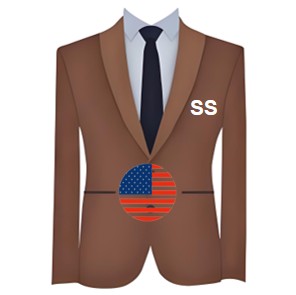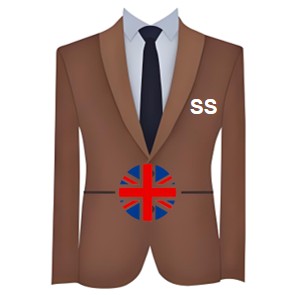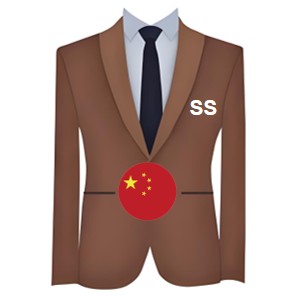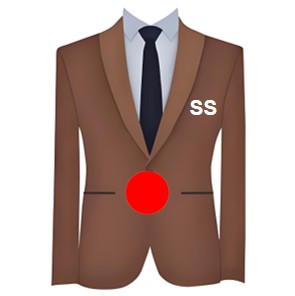Standard Suit Size
Men's Suit Size

Women's Suit Size

US Standard Suit Size

UK Standard Suit Size

EU Standard Suit Size

CN Standard Suit Size

JP Standard Suit Size

About Standard Suit Size
What is the difference in size between men's suit and women's suit ?
1. Body Shape and Fit.
Men’s Suit: Designed for a straighter, more rectangular silhouette (broader shoulders, narrower hips). Suits emphasize shoulder structure with padded shoulders and a defined chest. Trousers are cut straighter with a higher waistband.
Women’s Suit: Tailored to accommodate curves (narrower shoulders, defined waist, wider hips). Suits may have darts or shaping to cinch at the waist. Trousers/skirts are often higher-waisted or tapered to fit hips.
2. Sizing Systems.
Men’s Suit: Sized by chest measurement. Pants: Waist/inseam measurements.
Women’s Suit: Often labeled with numeric sizes (e.g., 6, 8, 10), Some brands use bust measurements. Pants/Skirts: Use waist/hip measurements or standard dress sizes.
3. Button Placement.
Men’s suit typically button left over right. Women’s suit usually button right over left (historical tradition for hand-tying corsets).
4. Proportions.
Sleeve Length: Women’s sleeves may be shorter relative to torso length.
Suit Length: Women’s suit often have shorter suit to emphasize waist/hips.
5. Styling & Flexibility.
Women’s suit offer more variety in cuts (cropped, peplum, wide-leg).
Men’s suit follow stricter traditional rules (e.g., single/double-breasted, notch/lapel styles).